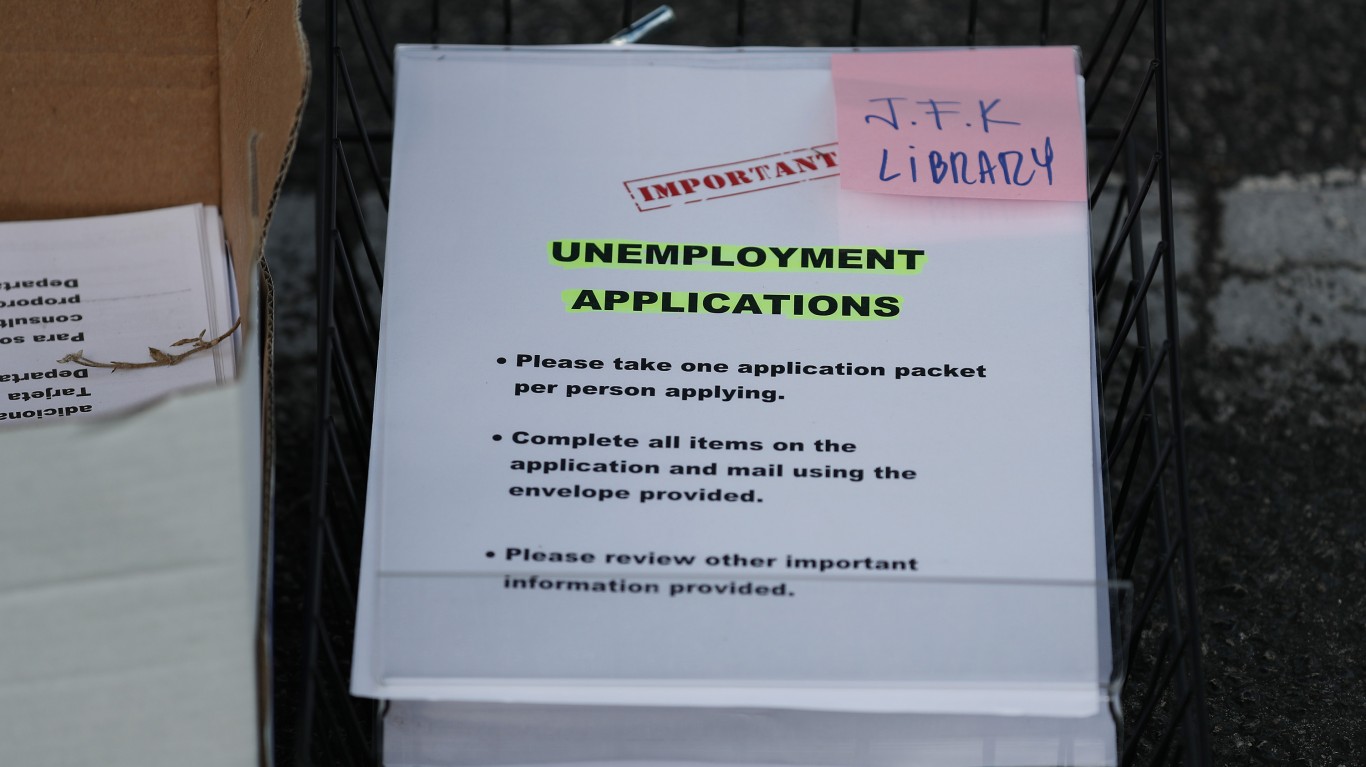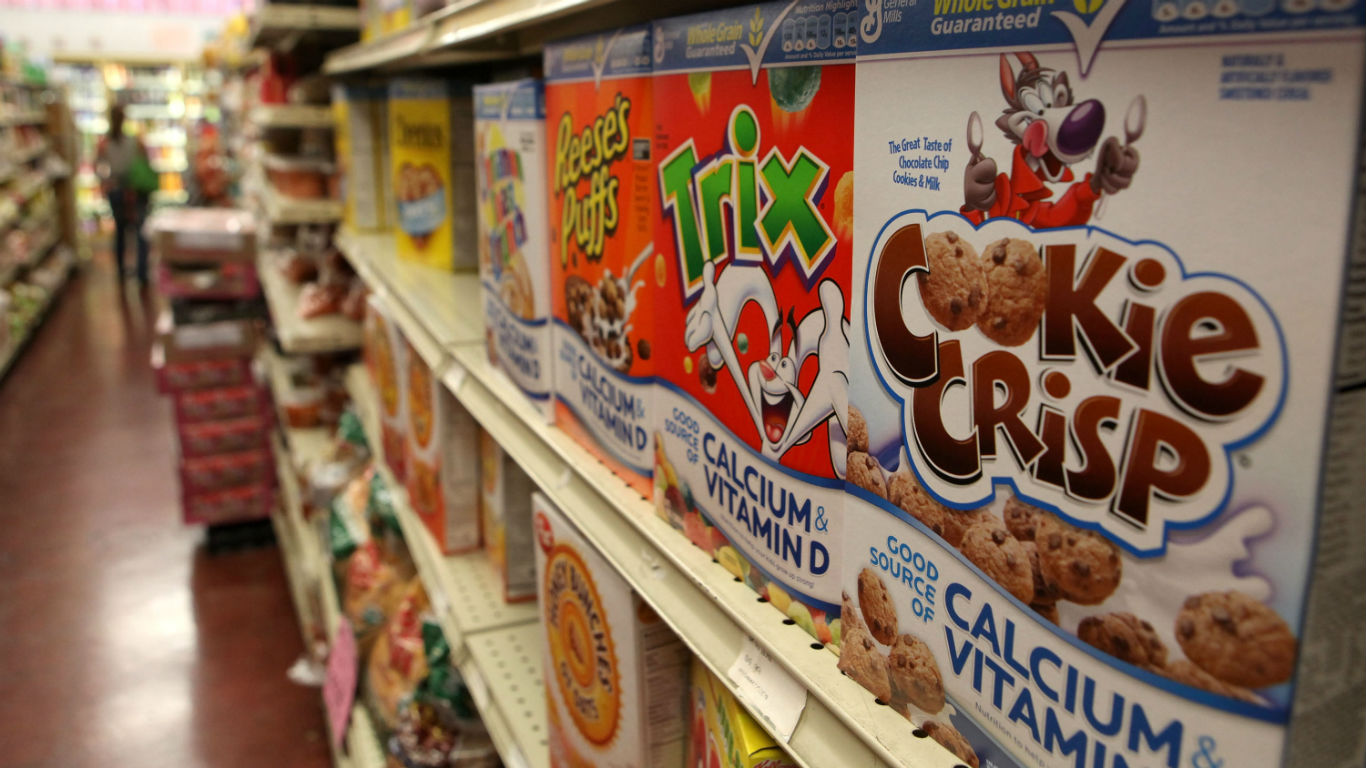

The release of jobs data for August from the U.S. Bureau of Labor Statistics showed unemployment was 8.4% nationwide, another in a line of monthly improvements. The number of people out of work dropped 2.8 million to 13.6 million. The jobs recovery characterized by the August figures was uneven. Among the large difference was the spread between the unemployment rate between white and Black Americans. White unemployment was 7.3%. Black unemployment was 13%. That means the jobless rate among Blacks was 78% higher than among whites.
The unevenness showed up among other groups. The unemployment rate for adult men was 8.0%. Among adult women, it was 8.4%. Among teenagers, it was 16.1%. Among Hispanics, it was 10.5%, and among Asians 10.7%.
Black unemployment has always been higher than the national average. Several theories suggest why the difference between the Black and white jobless rates is so large. None is considered definitive by all experts.
Among the most frequently given reasons for the difference is that anti-discrimination laws are not enforced adequately. While this may be true, it has been difficult to identify, for the most part, among specific employers or in specific industries. That makes enforcement on a wide basis almost impossible.
Much easier to show is the gulf in education. According to The National Center for Education Statistics, there were large gaps in reading and math achievement between Black and white children in grades 4 and 12. Data was taken in 1992 and 2015, and no significant improvement was seen between the two periods. Education is a marker of both the extent to which people are hired and the level of income for those who are employed.
Some of the differences in the level of math and reading achievement may be based on the sums school districts spend on each student. According to EdBuild, in nonwhite districts, the amount is $11,682. In mostly white districts, the figure is $13,908. The total gap nationwide means “nonwhite school districts receive $23 billion less than white districts, despite serving the same number of students.”
Another major reason for the employment gap is incarceration rates, many experts argue. According to Pew, “In 2017, Blacks represented 12% of the U.S. adult population but 33% of the sentenced prison population. Whites accounted for 64% of adults but 30% of prisoners.” That means there were 1,549 prisoners per 100,000 Black Americans, compared to 272 per 100,000 whites. The data was based on numbers from federal prisons. The hurdles to employment for people who have been in prison are high.
No single theory or piece of research by itself accounts for the difference in Black and white unemployment. However, taken as a body, the research does show that the disadvantages for Black workers are extremely substantial compared to whites. That, in turn, indicates the situation will not change.
Thank you for reading! Have some feedback for us?
Contact the 24/7 Wall St. editorial team.
 24/7 Wall St.
24/7 Wall St.


